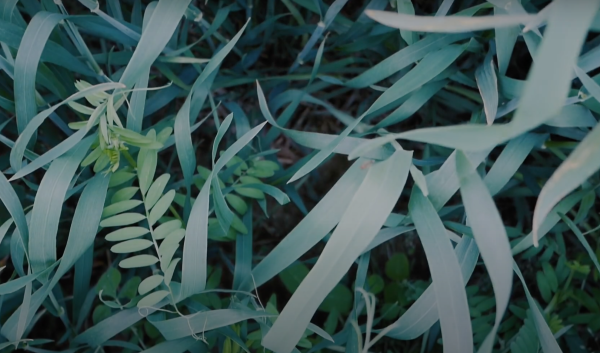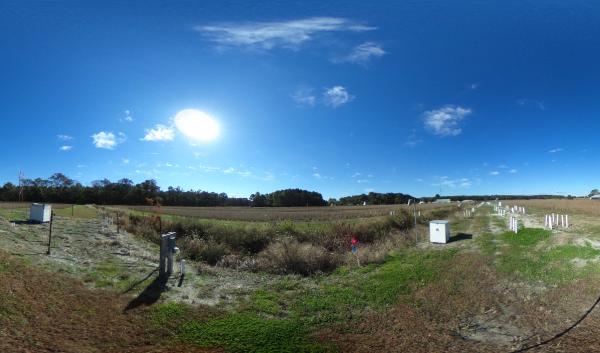Soil Topics from the Northeast Hub Region
-
Digging into Biochar

Biochar has been gaining popularity in the Northeast over the last few years as a soil amendment in crop fields and pastures, but farmers still have a lot of questions.
-
Economics of Long-term Soil Health Practices

This project is assessing the economic costs and benefits of implementing soil health practices (particularly, cover crops and no-tillage) on Northeast and North Central US agriculture. It leverages…
-
Turn the Tap: A Focus on Soil Moisture Education

To help farmers improve their irrigation efficiency and gain greater knowledge on how to monitor soil moisture conditions, two fact sheets were crafted to give overview of soil moisture monitoring,…
-
Daily runoff forecasting in agricultural watersheds: A promising tool for nutrient management

When rainfall occurs shortly after nutrient application, nutrients like nitrogen and phosphorus can be quickly transferred to runoff waters. Thus, these events are of great concern for water quality…
-
Growing Milkweed in Vermont: An Economic Case Study

In this case study, we look at approaches and related costs and benefits to growing milkweed. We provide an economic analysis of milkweed seed and floss production and look at potential demand.
-
Farming on a Saltier Coast

A new report by NOAA provides updated predictions on the rate of sea level rise within the United States. When coupled with extreme tides and more frequent, intense storms, rising sea level is…
-
Delmarva and the Ground for Change

A documentary film about three family-owned farming operations who are leaders in practices that promote healthy soils, which also safeguard working lands from climate change extremes.
-
Following Nutrient Management Guidelines can Help to Reduce Nitrous Oxide Emissions
Nutrient management guidelines have largely been developed to protect water quality, but practices that improve nitrogen (N) use efficiency by crops also help reduce emissions of the potent…
-
A Renewed Focus on Soil Carbon

Increasing carbon storage as soil organic matter helps to mitigate climate change by removing CO2 from the atmosphere. Organic matter is also an important part of building soil health. Additional…
-
UMES Permeable Reactive Barriers

Heavy rain events are increasing across the Northeast, which can result in more nutrient leaching on farms. At UMES, researchers are studying permeable reactive barriers. Results from the research…
-
Drought Resistant Practices

The USDA Natural Resources Conservation Service (NRCS) offers cost sharing for practices that help farmers increase resilience to drought.
-
NRCS practices can support climate change adaptation

NRCS programs and practices can help landowners achieve their goals while supporting climate adaptation. This series of brochures was designed to showcase NRCS practices that can support climate…

